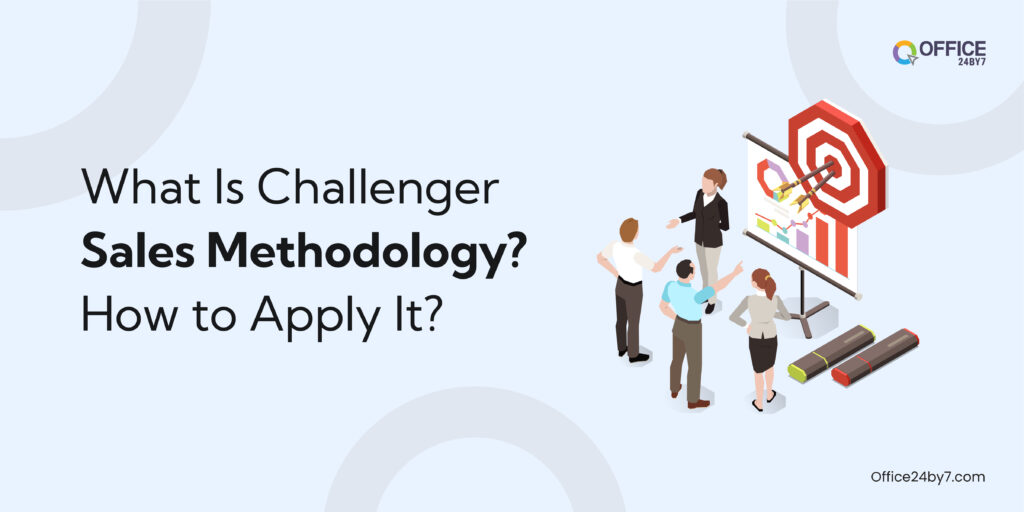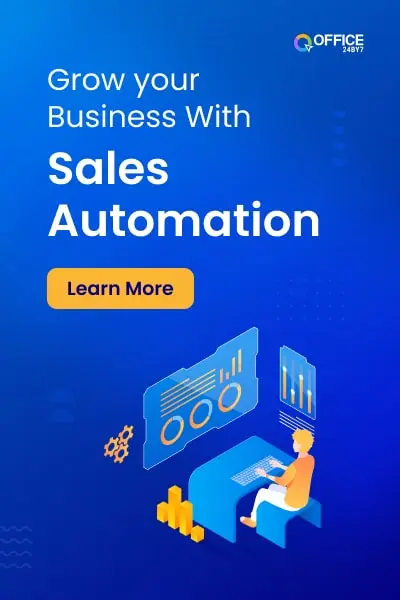
Not sure If this blog on Challenger Sales Methodology would interest you?
Try our 1-minute short audio summary to decide. 🎧
Over the years businesses have been constantly exploring innovative ways to connect with prospects. One such revolutionary approach is the Challenger Sales Methodology. The traditional relationship-building approach was becoming saturated and there was the need for a new approach to a teaching-focused sales dynamic. This empowers sales agents to lead conversations, challenge misconceptions, and position their products as indispensable solutions. But like any methodology, it comes with its own set of advantages and drawbacks.
Let’s dive into the pros and cons of the Challenger Sales Methodology and see how to implement it effectively.
What Are the Pros and Cons of Challenger Sales Methodology
The Challenger Sales Methodology has gathered much attention for its unique approach to tackling complex sales scenarios. Lets have a closer look at its strengths and limitations:
Pros
1. It offers a unique perspective
Unlike traditional methods that revolve around pitching a product’s features, the Challenger approach provides customers with fresh insights into their problems. This creates a compelling narrative that grabs attention.
2. It understands customer value drivers
It goes beyond the surface, focusing on what truly matters to the customer, such as profitability, efficiency, or long-term growth.
3. It identifies economic drivers
Challenger agents excel at pinpointing the financial impacts of a customer’s decisions, leading to informed discussions about budgets and investments.
4. It works best in complex sales
The methodology thrives in scenarios involving intricate sales cycles, where relationship-building alone might not close deals. In order to handle your complex sales cycle that may extend over months time you will need a robust sales CRM software that allows for setting up alerts and reminder which help you make tactical sales decisions at the right time.
Cons
1. It is not ideal for simpler sales cycles
The Challenger Sales Methodology is overkill for straightforward sales processes. It’s best suited for situations where prospects require deeper insights or education.
2. It is better for top performers
Not every agent has the confidence or skill to challenge customers’ existing beliefs. It’s a method that typically aligns with high-performing sales agents.
3. It is difficult to transition into this method for experienced agents
Salespeople who are accustomed to traditional approaches like relationship-based selling might find it challenging to adopt this methodology.
4. It requires extensive training
Effective implementation demands comprehensive training and a mindset shift. This can be resource-intensive and time-consuming.
Tip: Before deploying the Challenger Sales Methodology across your sales force, assess whether your product’s complexity and sales cycle warrant it. Start with top-performing agents who are more likely to adopt the strategy successfully.
Feel the power of a CRM Software!

How to “Reframe” Sales Agents into Challengers
One of the core pillars of the Challenger Sales Methodology is teaching your sales agents to think like educators rather than traditional sellers. A fun and effective way to begin this transformation is through a hands-on exercise known as the “Reframe” method.
Here’s how Reframe method works:
1. Gather Supplies
Collect random items from around your office—pens, notepads, staplers, or even coffee mugs—and place them in a bag.
2. Team Exercise
Split your sales agents into groups and have them pick an item. This will serve as their “product.”
3. Scenario Setup
Each team must sell their item to a hypothetical customer (played by another group) using the Challenger Sales Methodology. For example, if a team picks an energy-saving light bulb, they could follow these steps:
Teaching Point
Start with a surprising fact, like, “We have been told for a long time that traditional light bulbs use up to 80% more energy than energy-efficient bulbs. And two other major problems of these are that it is bad for your eyes, and are not cheap.”
The Warmer
Validate the prospect’s struggles: “When we asked around to homeowners whether they know these and would like to switch to energy efficient bulbs, most of them poitned out that they are ready. So they were well aware of the benefits of having better lighting in their houses and the benefits they and environment can have from it. If Im not wrong, you will also 100% agree to these facts.”
Reframe
Shift the perspective: “The ability to recycle, significant reductions electricity bill are major concerns for consumers. But apart from this there is a larger truth to this, which is that you will help in reducing the usage of natural resources which play a core role in producing the electricity.”
Emotional Connection
Build rapport: “My niece and nephew had problem with their eye sight since they were children due to the bad lighting that tungsten bulbs were producing. But later when the doctor advised to change the bulbs in the house their situation was reversed. Yes but the kids had to wait for significant time till their issues were resolved.”
Value Proposition
Highlight the benefits: “If you replace 10 traditional bulbs in your home you could almost save over Rs1000 in a year becaue these last at least four times longer. All this said, are you willing to invest in your health, as well as spend money wisely and all the way save the planet?”
4. Feedback Session
After each team presents, discuss what worked, how effectively they reframed the problem, and whether they led the prospect toward a solution.
This interactive exercise not only familiarizes your team with the Challenger Sales Methodology but also shows how it can be applied to real-world selling scenarios.

Related Reading
How Can You Adopt the Challenger Sales Methodology
Successfully implementing the Challenger Sales Methodology requires more than just understanding its principles. Here’s a step-by-step guide to adopting it within your sales team:
Step 1: The Warm-Up
The first step is all about building credibility with your prospects. Your agents should:
Empathize with the Prospect: Discuss common pain points to demonstrate an understanding of their struggles.
Show Expertise: Use facts or industry insights to establish authority.
Pique Curiosity: Share surprising statistics or stories to make the conversation engaging.
At this stage, avoid mentioning your product. The goal is to gain the prospect’s trust and uncover their challenges.
Step 2: Reframe the Conversation
Here, the agent challenges the prospect’s existing assumptions and introduces a new perspective. For example:
Address Misconceptions: Gently correct any flawed thinking about their current approach.
Propose Alternatives: Shift the focus to new, more effective solutions.
Exude Confidence: The ability to confidently challenge a prospect’s beliefs is a hallmark of successful Challenger agents.
This step is pivotal in positioning your agent as a trusted advisor rather than just a salesperson.
Step 3: Use Emotions
Human decisions are largely driven by emotions, even in enterprise sales. To connect emotionally:
Tell Relatable Stories: Share examples of customers with similar challenges who found success with your solution.
Paint a Picture of Failure: Highlight the risks of maintaining the status quo.
Back Stories with Data: Use research and visuals to solidify the emotional connection.
This emotional journey helps prospects envision the consequences of inaction and the benefits of change.
Step 4: Present the Value Proposition
Now that the prospect is invested, outline the solution without directly introducing your product:
Focus on Benefits: Describe the ideal outcome in detail.
Educate First: Help the prospect see the value in the solution itself.
Take Your Time: Address any concerns and guide the prospect through their decision-making process.
This approach allows the prospect to connect the dots themselves, making the solution feel like their discovery.
Step 5: Introduce Your Product
The final step is straightforward: Present your product as the solution.
By this stage:
- the prospect already understands the problem.
- they recognize the value of a solution.
- they trust the agent to deliver that solution.
Whether it’s through a demo, proposal, or case study, this step should feel like a natural conclusion to the sales process.
Applying the Challenger Sales Methodology in Real Life
To illustrate how these steps come together, let’s consider a scenario:
A sales agent is speaking with a small business owner struggling to attract customers. The owner believes the solution is to spend more on social media ads. Using the Challenger Sales Methodology, the agent might:
1. Warm Up: Empathize with the owner’s frustrations.
2. Reframe: Reframe their thinking by explaining how organic outreach and SEO can yield better long-term results.
3. Use emotions: Share stories of similar businesses that succeeded without relying on ads.
4. Value proposition: Educate them about strategies to optimize marketing without breaking the bank.
5. Introduce the product: Finally, present a marketing analytics tool that aligns perfectly with the owner’s needs.
By following these steps, the agent positions their product as the obvious choice, ensuring a successful close.
Reorganize your office with Office24by7!




